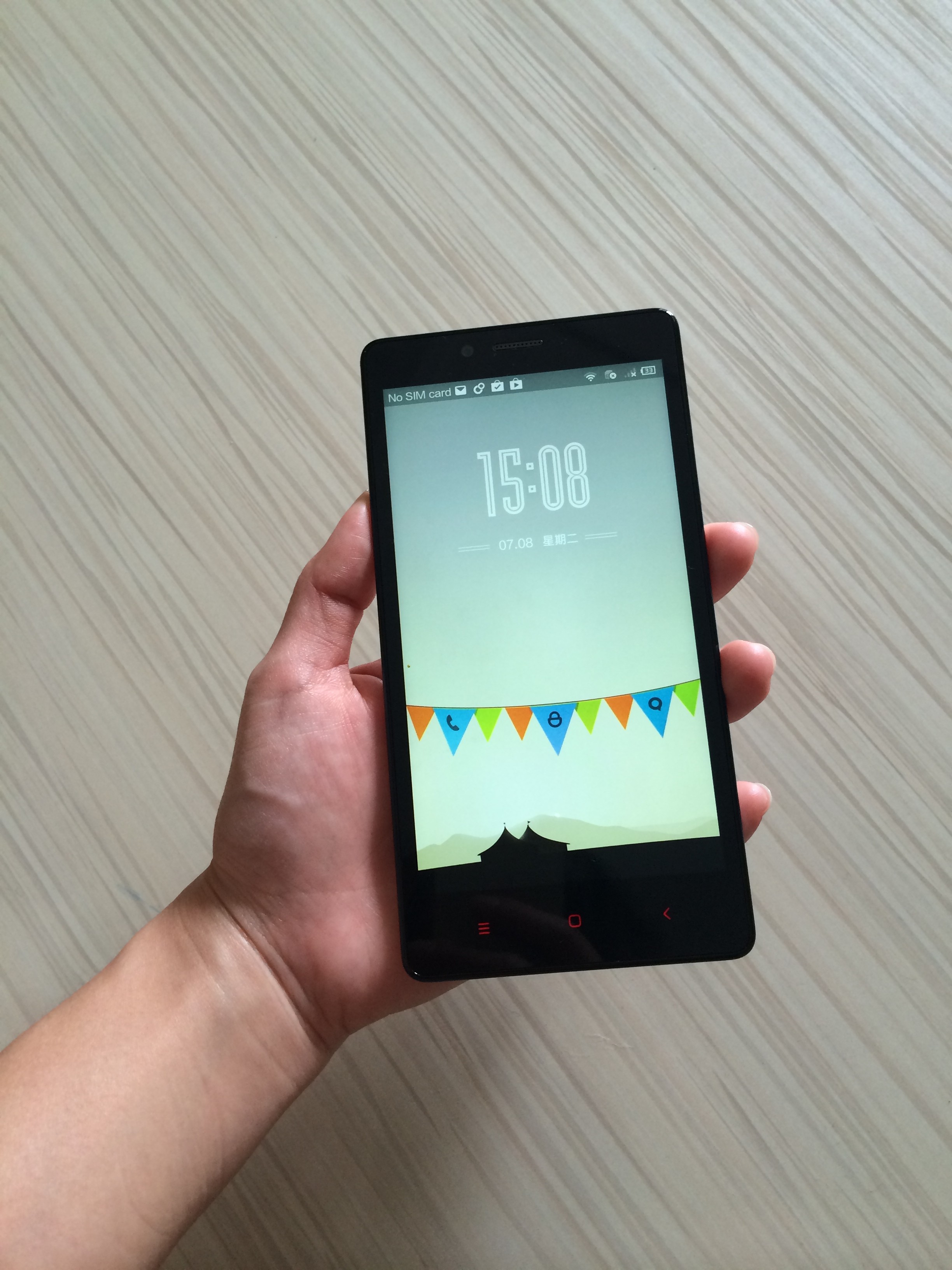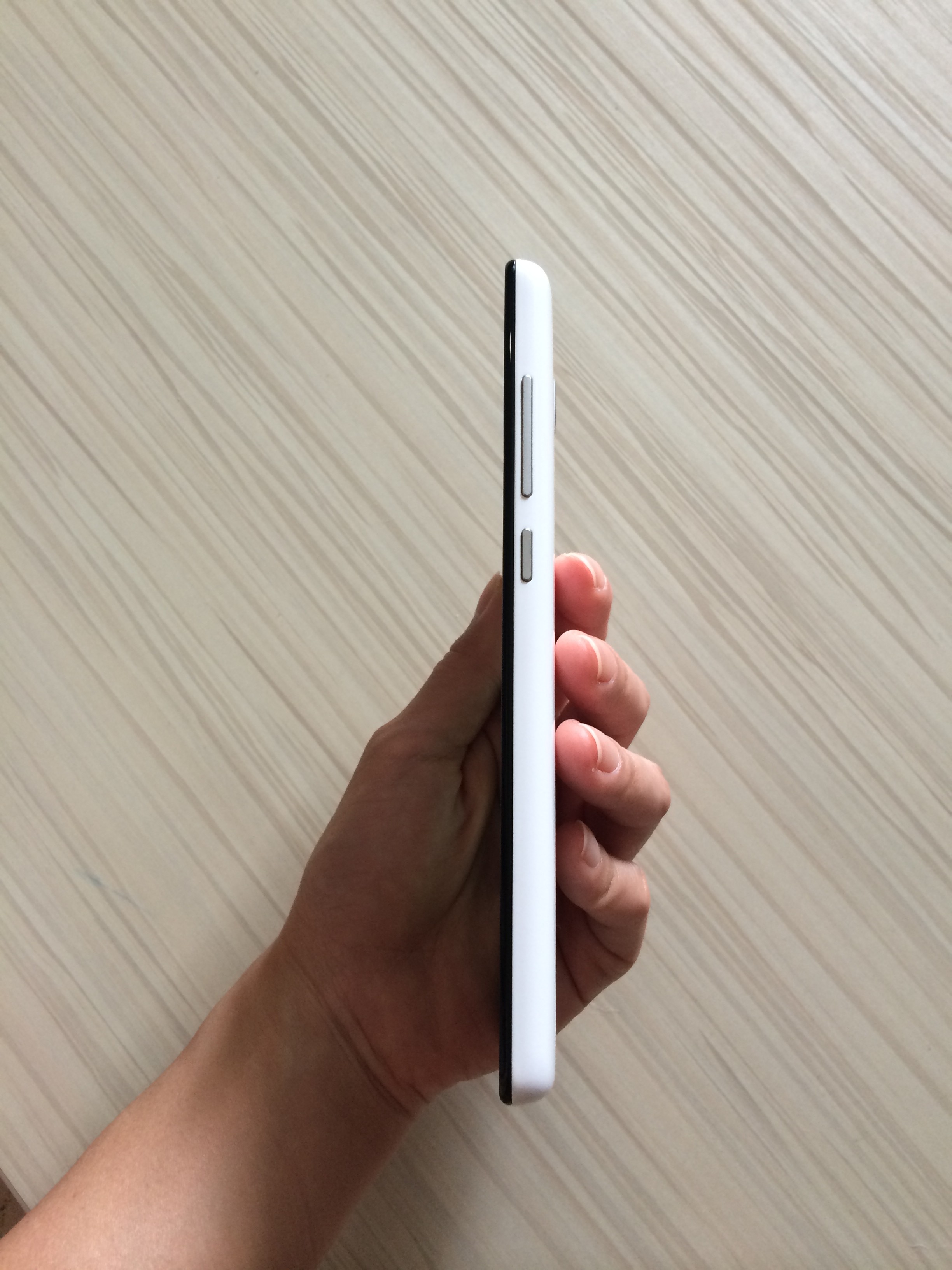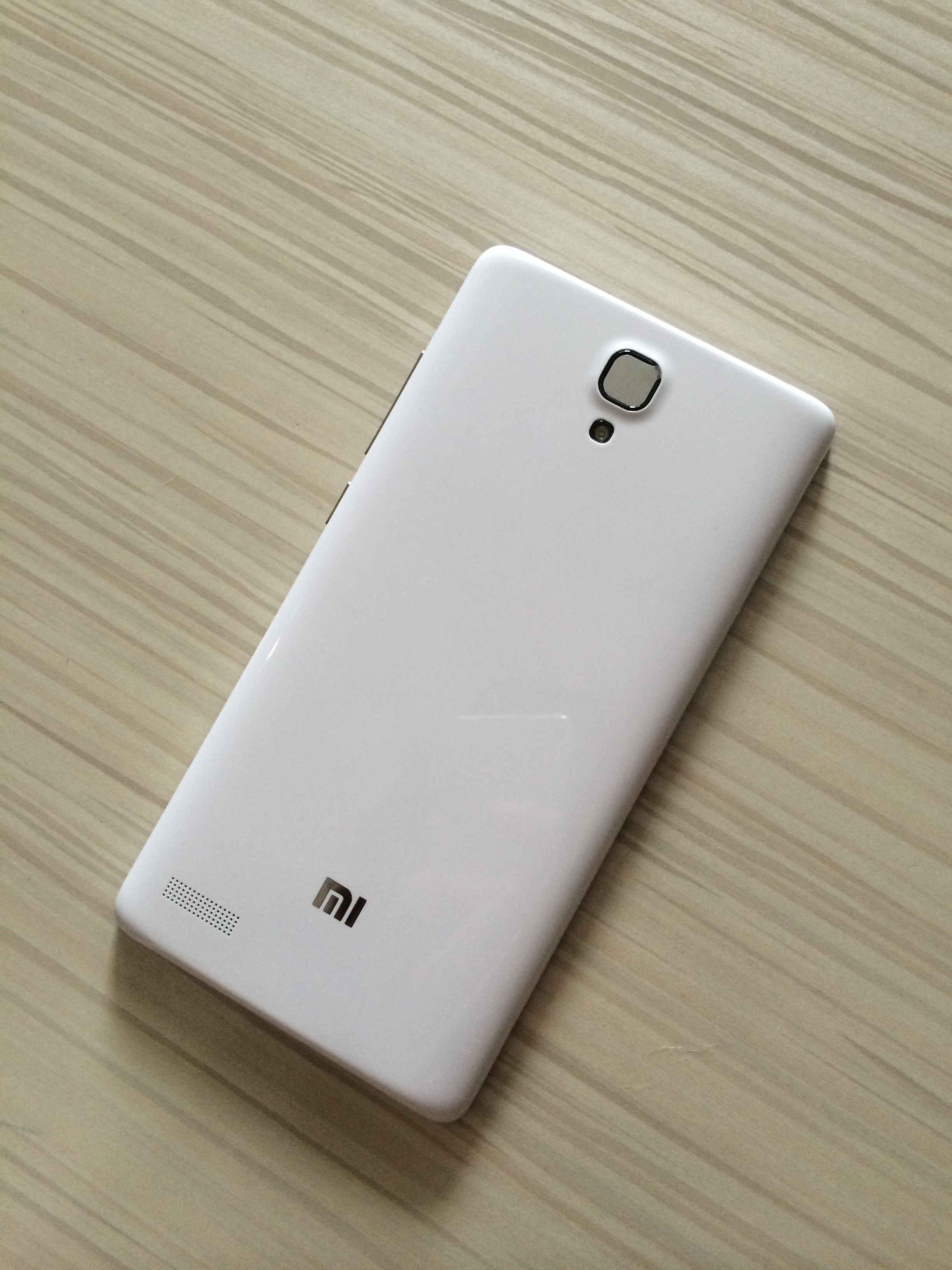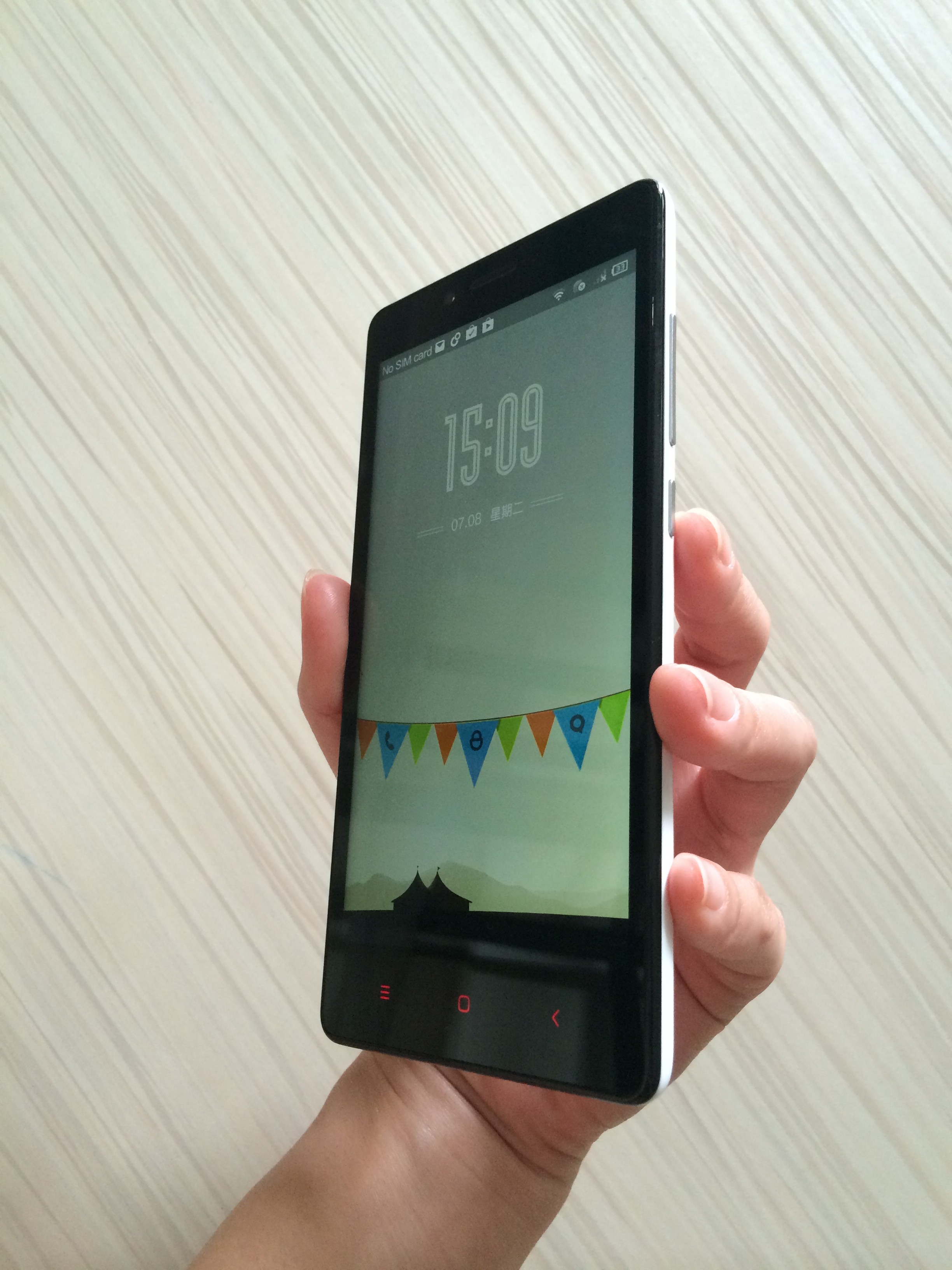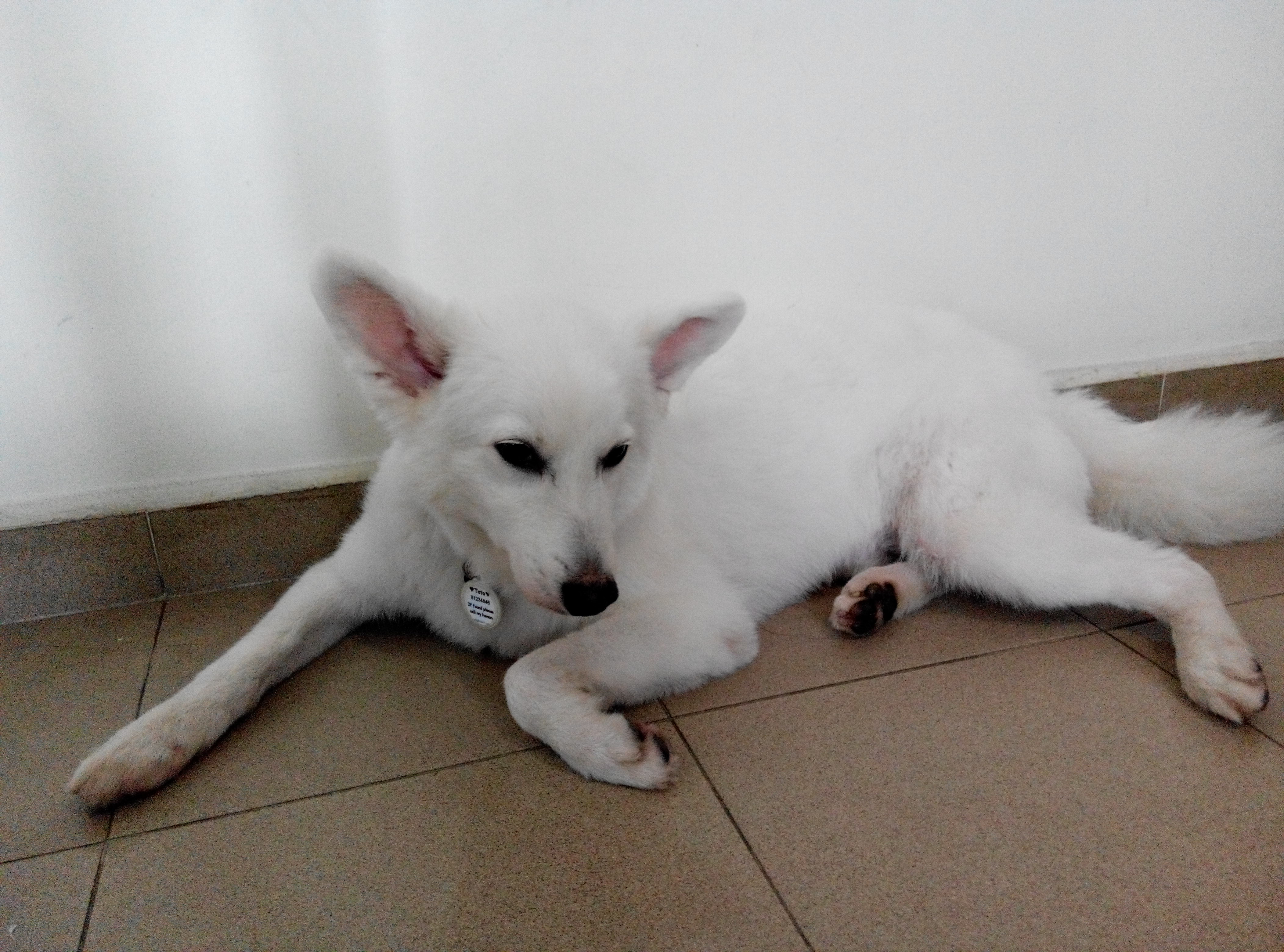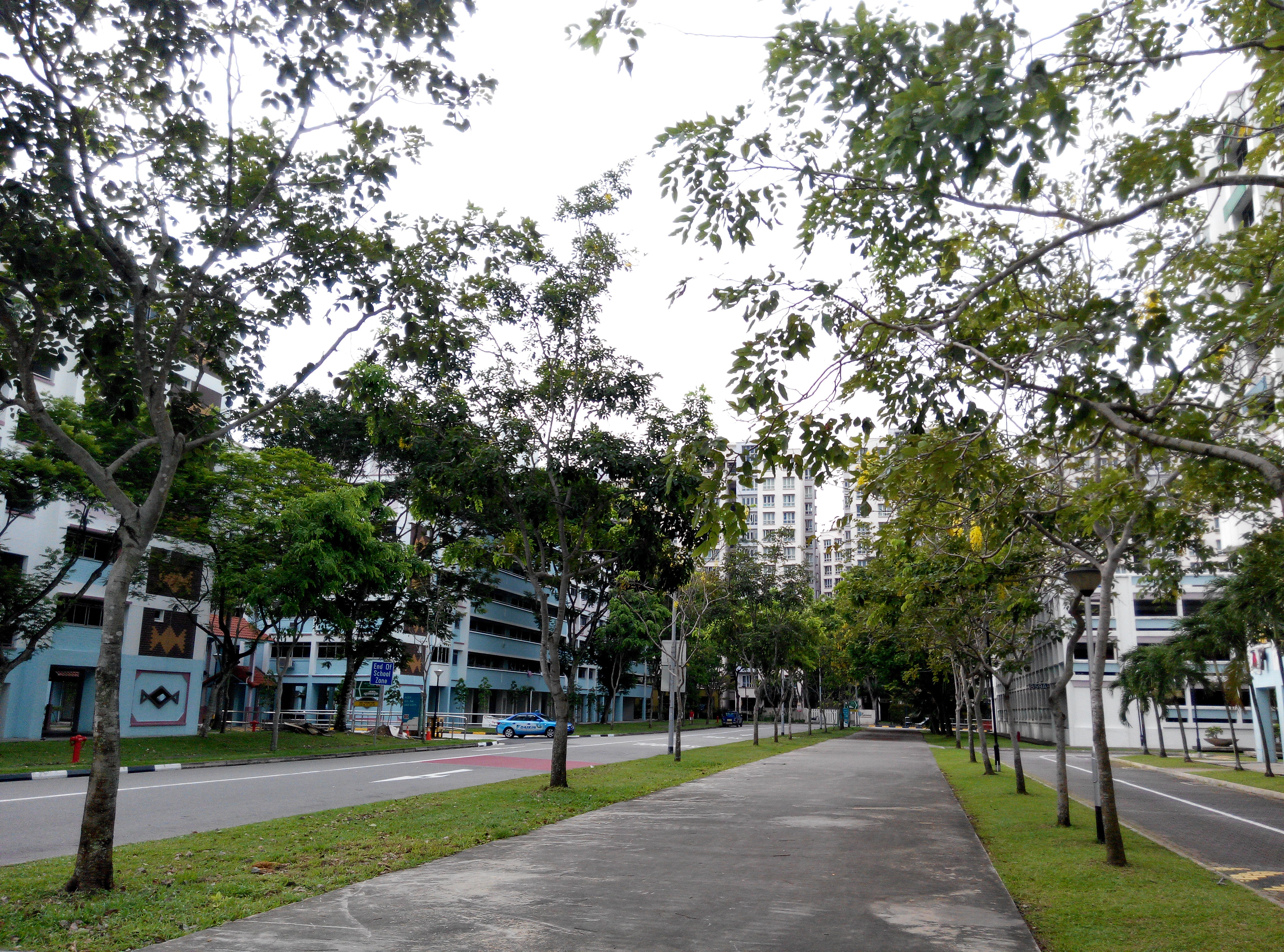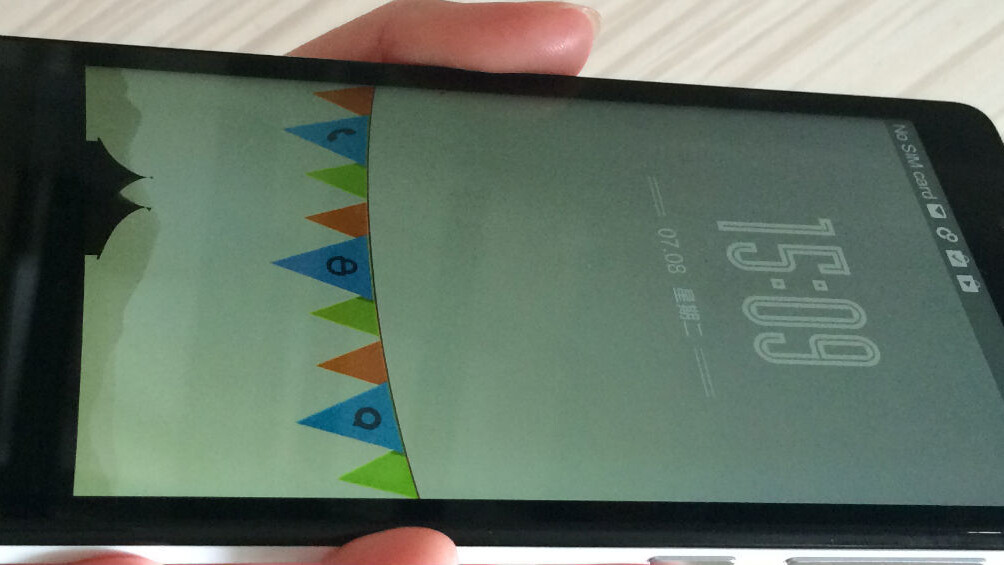
I’ve never understood the appeal of a phablet — what’s commonly known as a smartphone-tablet hybrid, or just a giant smartphone — as it seems to have an identity crisis.
Popular Chinese smartphone manufacturer Xiaomi took the wraps off its first phablet in March this year, the Redmi Note, a 5.5-inch version of its budget smartphone Redmi. The device made its way outside of greater China today with a launch in Singapore at a pricing of S$199 (US$159) and amazingly sold out in just 42 seconds.
The Redmi was warmly welcomed not only in China, but overseas markets — in Singapore, for example, the budget phone regularly sold out in minutes when sold in batches. It is little wonder that Xiaomi hopes to replicate the success with a larger version of the Redmi.
Design and display
When I first held the Redmi Note, it almost fell out of my hands. The device is a tad heavy, weighing in at 199 grams. For comparison’s sake, the Sony Xperia C3, which was just launched today, is also a 5.5-inch device but weighs a mere 150g. Though the weight of the Redmi Note gives it a solid feel, it sure is clunky. Moreover, the glossy plastic backing becomes slippery and oily especially after a period of extended use, adding on to my overall problems with having a good grip on the device.
As for the screen, the 1280 x 720p IPS display delivers a more than decent visual experience, with vibrant colors and sharp images. However, as I used it to watch plenty of videos, I realized that the blacks on the screen tend to be too dark, and the shadows too harsh. Night scenes with low lighting within videos were also particularly grainy.
In terms of software, the Redmi Note runs Android 4.2.2 Jelly Bean customized with its own MIUI firmware. Xiaomi launched MIUI officially in English only earlier this year, but its system is a joy to use primarily because it’s easy to navigate. What I like most about Xiaomi’s software are its themes, which are basically different outfits for your phone — so you can change the entire look and feel of your phone easily by customizing the look of your phone via downloaded themes in the Mi Store and applying changes with a tap on the screen.
Performance (+ Sound)
The Redmi Note is powered by an 8-core MTK 6592 1.7GHz processor and a 3,100 mAh battery that gives it plenty of juice. When Xiaomi CEO Lei Jun announced the device, he touted its stellar performance and power-saving capabilities.
Indeed, despite a large screen that typically saps a smartphone’s juice rapidly, the Redmi Note manages to chalk up a reasonable battery life span.
After charging it to full, the battery lasted about three days of light usage, in which I watched an hour or two of YouTube videos per day, sent a couple of emails, and took a few photos. Using it extremely intensively for an hour — in which I downloaded and played three resource-intensive games: Badland, GT Racing 2 and Angry Birds Go!, watched a YouTube video and browsed the web — saw the battery life deplete about 24 percent.
An octa-core processor powering the Redmi Note means that it operates on eight simultaneous cores, which is supposed to lead to more superior performance compared to just four cores — as the processor can allocate resources to different apps at the same time. For a budget device, the Redmi Note responds speedily when playing games.
However, it is for sure some way off from the Mi 3, which runs on a more powerful 2.3GHz quad-core Qualcomm Snapdragon 800 processor. In particular, playing games in which you need to tilt your phone gets a tad frustrating because there is just a very slight lag.
To play games and watch videos, sound is obviously a key factor — but this is where I find the Redmi Note lacking. The main problem I have is that the speakers are located in the bottom-right corner the back. This means that if I don’t plug in my earphones when watching a video or listening to music, the sound gets cast away from my direction. Most annoyingly, I can’t place the phone flat on a desk as it literally becomes muted.
Camera
For its price point, the Redmi Note actually comes equipped with more-than-decent camera specs — a 13-megapixel rear camera and a 5-megapixel front-facing one.
The rear-facing camera produces images that are generally crisp, detailed and sharp, but it disappoints in terms of colors under certain situations. The blacks tend to be a tad too harsh, while the general colors are flat when photos are taken outdoors with a lack of strong sunlight. Pictures also get very noisy in low-light situations and look washed out with a loss of detail. It seems like in general, Xiaomi’s smartphone cameras manage to come up with high-quality photos only under optimal lighting conditions.
However, keeping in mind that the Redmi Note is actually a budget device, the camera more than lives up to expectations — in fact I would think it’s on par with the Mi 3.
Wrap-up
The Redmi Note still doesn’t convince me to change my mind about phablets, primarily because it occupies such an awkward position between a smartphone and a tablet — and it’s just too clunky for me to tote around making calls and texting on the go, especially with such slippery plastic backing. It just keeps falling out of my hands.
I could, however, envision myself giving up a tablet entirely and living with a comparatively more portable Redmi Note. After all, the Redmi Note is ideal for watching videos and playing games, which is what a tablet is primarily for.
Yet, as consumers are increasingly trending towards larger smartphones so they don’t have to carry around both a phone and a tablet, the Redmi Note would likely appeal to many who prefer a larger screen for their entertainment needs — and indeed, it acts as a perfect companion on long commutes.
Get the TNW newsletter
Get the most important tech news in your inbox each week.
